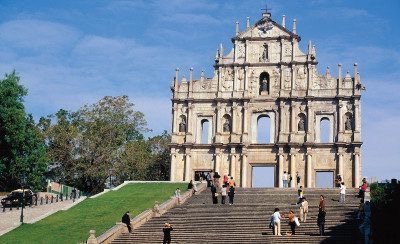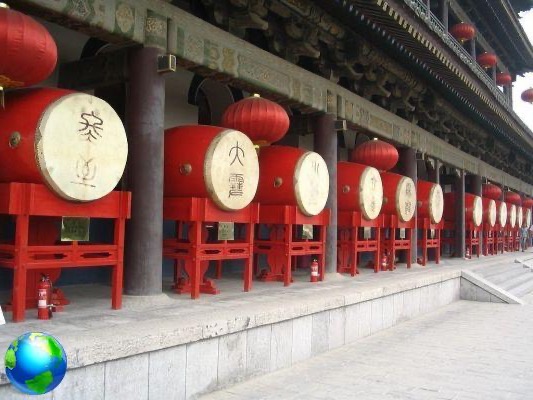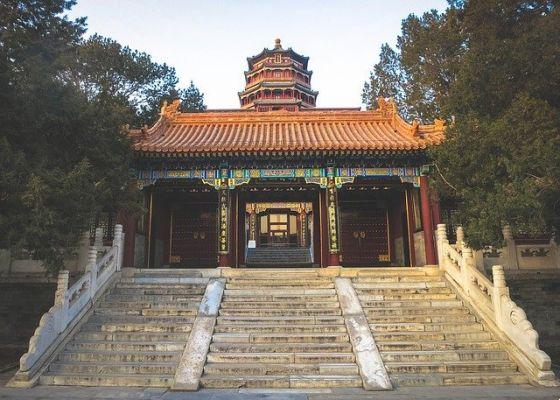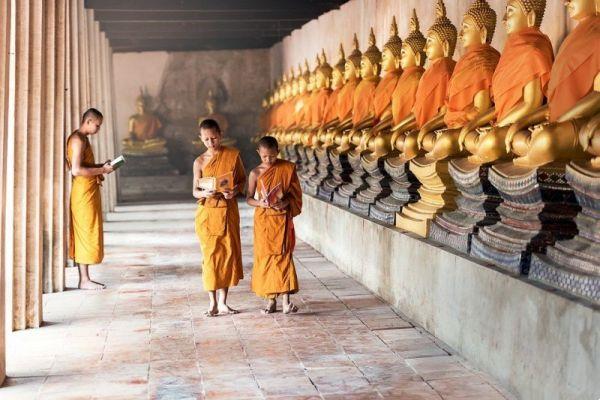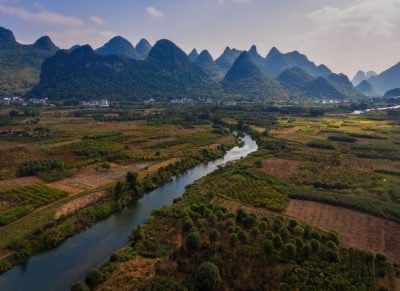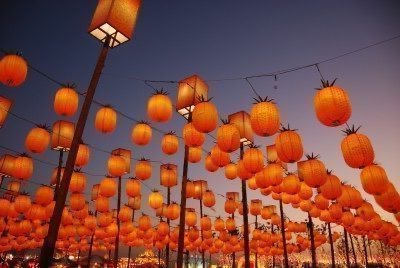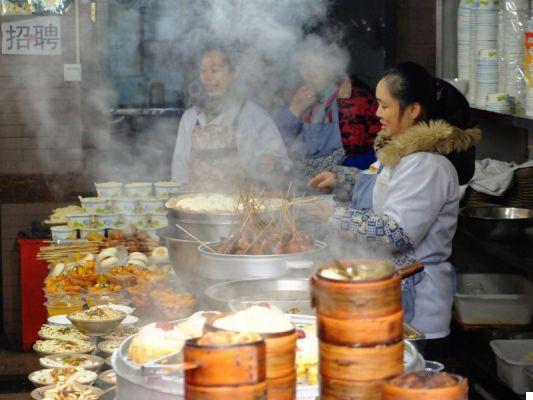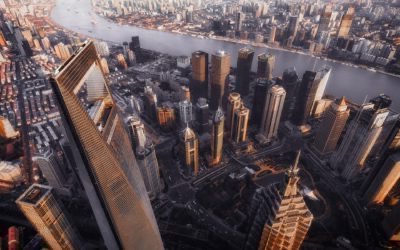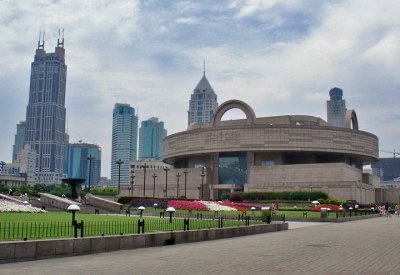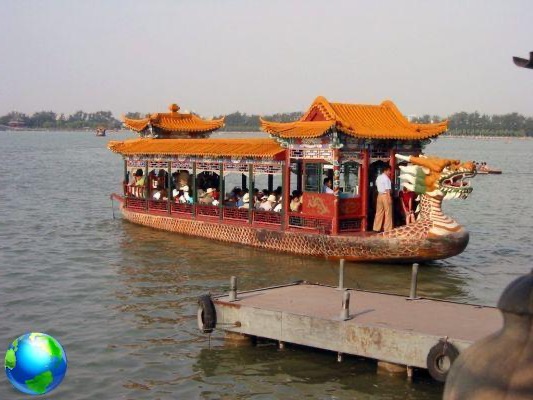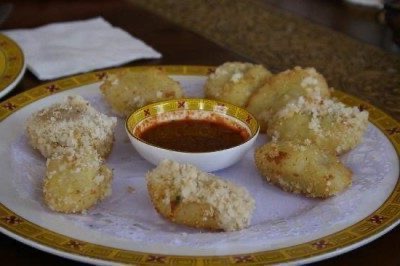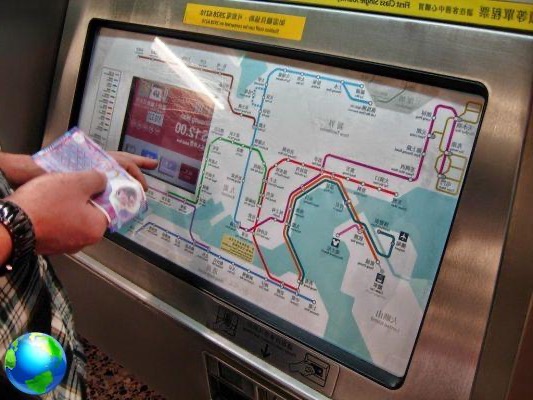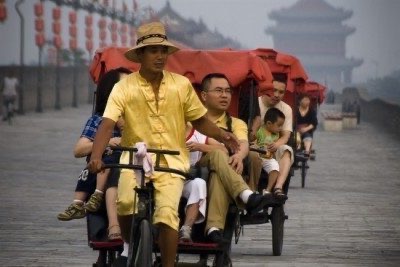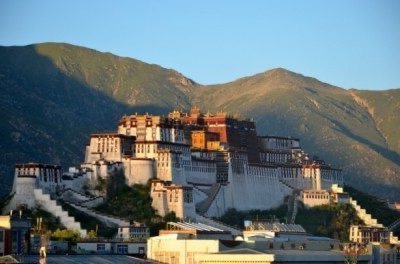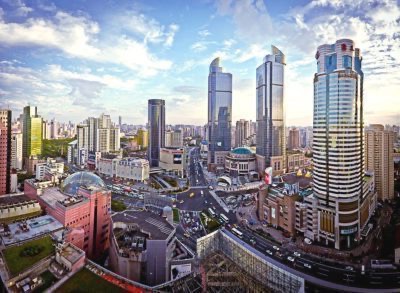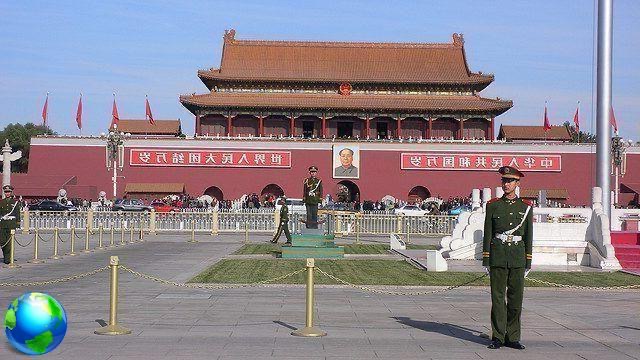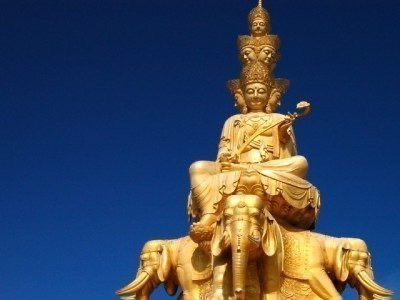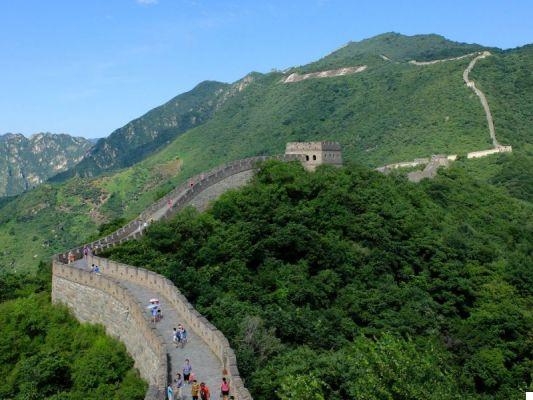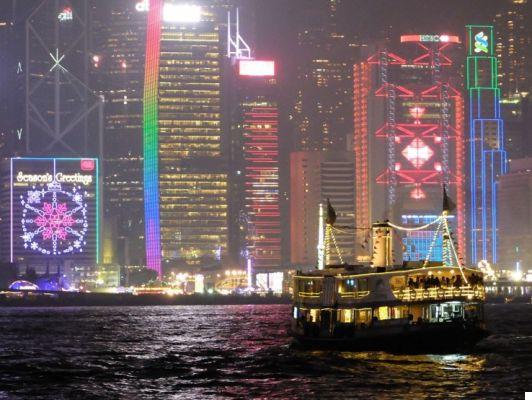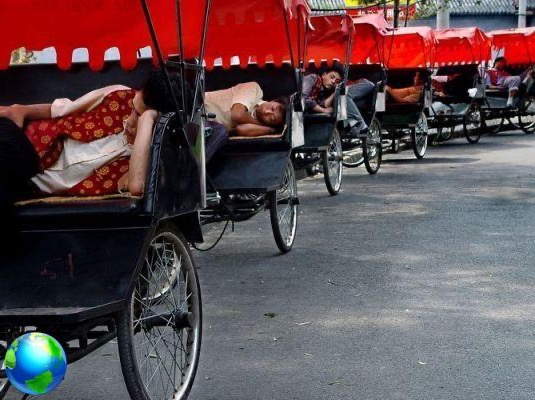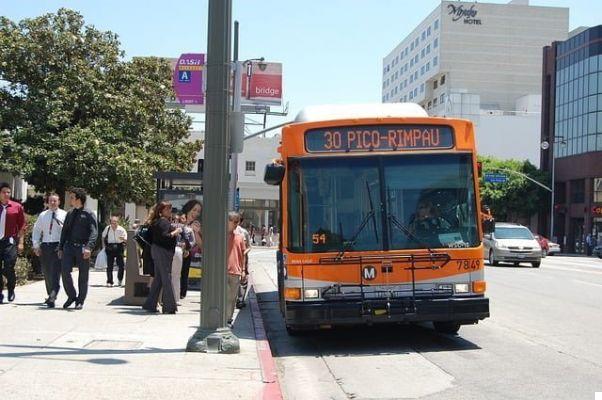Walking around Pingyao is a unique experience: with its traditional walls and streets you can still breathe an ancient atmosphere. Read the article to find out more about this county, a UNESCO heritage site.
welcome to Pingyao, a UNESCO heritage site, one of the best ancient and best preserved cities in China.
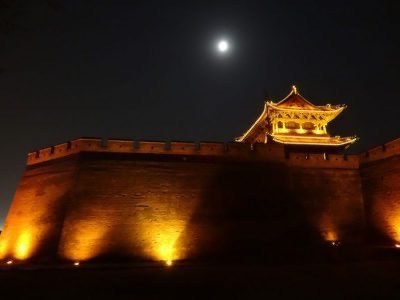
Pingyao is a county located in the province of Shanxi, about 700 kilometers from Beijing. During the Qing Dynasty, the old city of Pingyao was the financial center of China. It is famous for its well-preserved walls; it has also been included in the list of UNESCO World Heritage Sites.
How to get to Pingyao
The best way to get to Pingyao is by bullet train: cheap (€ 19) you can buy it directly online (http://english.ctrip.com) it is convenient and in three hours from Xi'an you can get there. We arrive around 19 in the evening, the time to go to the hotel by taxi taken at the exit of the station, freshen up and go out to patrol the area.
Our hotel is located at the beginning of the main street: The Kylin Grand Hotel Pingyao, the name suggests something luxurious or western, in reality it is a typical Chinese hotel: wood and red lanterns are the masters, not bad, especially for the position, it is located at the beginning of the pedestrian street, the price for the double is 60 €.
What to do in the center of Pingyao
We immediately notice that the center of Pingyao is made up of two roads that go from east to west and from north to south, crossing in the middle. At dusk these streets light up with red lanterns, shops selling the most disparate things, typical restaurants that set tables in the middle of the street.
People are less used to Westerners than to big cities and so it's fun to stop every meter when they ask us to take pictures together.
The area is famous for balsamic vinegar, the smell is intense everywhere, amphorae and ampoules that contain it stand out from the shops, obviously out of curiosity we tasted it; certainly that of Modena is something else ...


What to eat
We stop to eat in one of the many restaurants along the main street, ordering is always fun: by gestures and pointing to the photographs, but with good will and maximum local availability, we always understand each other. We had some excellent sweet and sour pork, local noodles made with potatoes, peanuts marinated in vinegar and broccoli, Tsingtao beer, all delicious. Cost of dinner € 12 for 4.
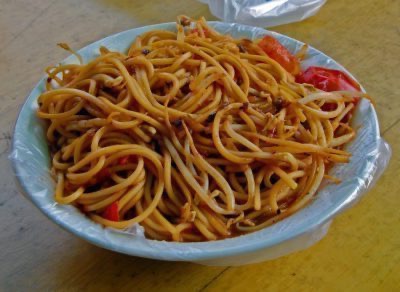
We go back to the hotel and go to bed early because a busy day awaits us the next day.
The visit to the ancient walls
The morning begins with a visit to the ancient and beautifully preserved walls: the gates are one on the northern and southern sides, two on the eastern and western sides. These gates recall the head, tail and four legs of a turtle, which gave the city the nickname "turtle city". The walls are 12 meters high and have a perimeter of about 6 kilometers. Too bad we didn't have the time, because at dusk it would have been exciting to run on it.

After a nice walk on the walls we enter the old city and go to visit the Rishengchang Former Bank, the first Chinese bank to show the bank's original system in the past.
We have a quick lunch in one of the many restaurants in the side streets, eggplant and broccoli, rice with chicken and vegetables, usual price: € 3 each.
Traditional streets and the Chenghuangmiao Temple
Let's go back to walking on the traditional one Ming and Qing Street, a cobbled street with old buildings on either side. One can strongly imagine the hustle and bustle that must have been in the days of the old bazaars.
Later, we go to visit the Taoist temple of the god of the city, also called Chenghuangmiao in Chinese. The thing that fascinates us most are the wonderful wood carvings and paintings.
Time has flown, and it is already time to pack your backpack and go to the station where we will take the train to Datong.




